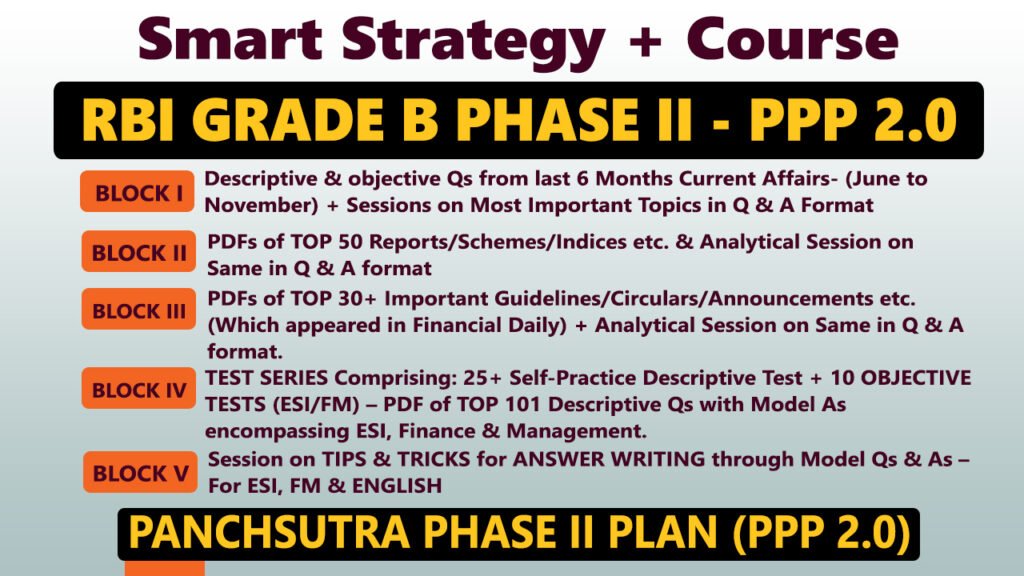Key Findings
- Labour migration from low-income to high-income southern states (like Kerala and Tamil Nadu) is contributing to higher inflation in these regions.
- Southern states exhibit higher retail price trends for key items such as vegetables, cereals, and most pulses.
- North-east and western regions show the lowest inflation trends, while southern and eastern regions display higher inflation.
Post-Pandemic Inflation Trends (FY21–FY25)
- Inflation decline:
- North-east: 3.4%
- South: only 2.6%
Key Contributing Factors
- Higher state taxes in the South on:
- Petrol/diesel
- Liquor
- Automobile and flat registration
- Southern states account for 30% of total state sales tax collection, the highest among regions.
Purchasing Power and Inflation Link
- Higher income and purchasing power in southern states anchor higher food and retail inflation.
- High-income and middle-income states experience higher food inflation compared to low-income states.
State-wise Inflation Highlights (February data)
- Kerala: Highest inflation at 7.3%
- Chhattisgarh: 4.9%
- All-India CPI: Moderated to 3.6% (7-month low)
Rural vs. Urban Inflation
- Rural inflation: Higher than all-India average in 9 major states
- Urban inflation: Higher than the national average in 8 states
Forecast and Monetary Policy Outlook
- CPI inflation projections:
- Q4 FY25: 3.9%
- FY25 average: 4.7%
- FY26 expected: 4.0%–4.2%, with core inflation at 4.2%–4.4%
- Policy forecast: SBI expects a cumulative rate cut of at least 75 basis points, with rate cuts likely in April and August 2025.
Source: TH



















